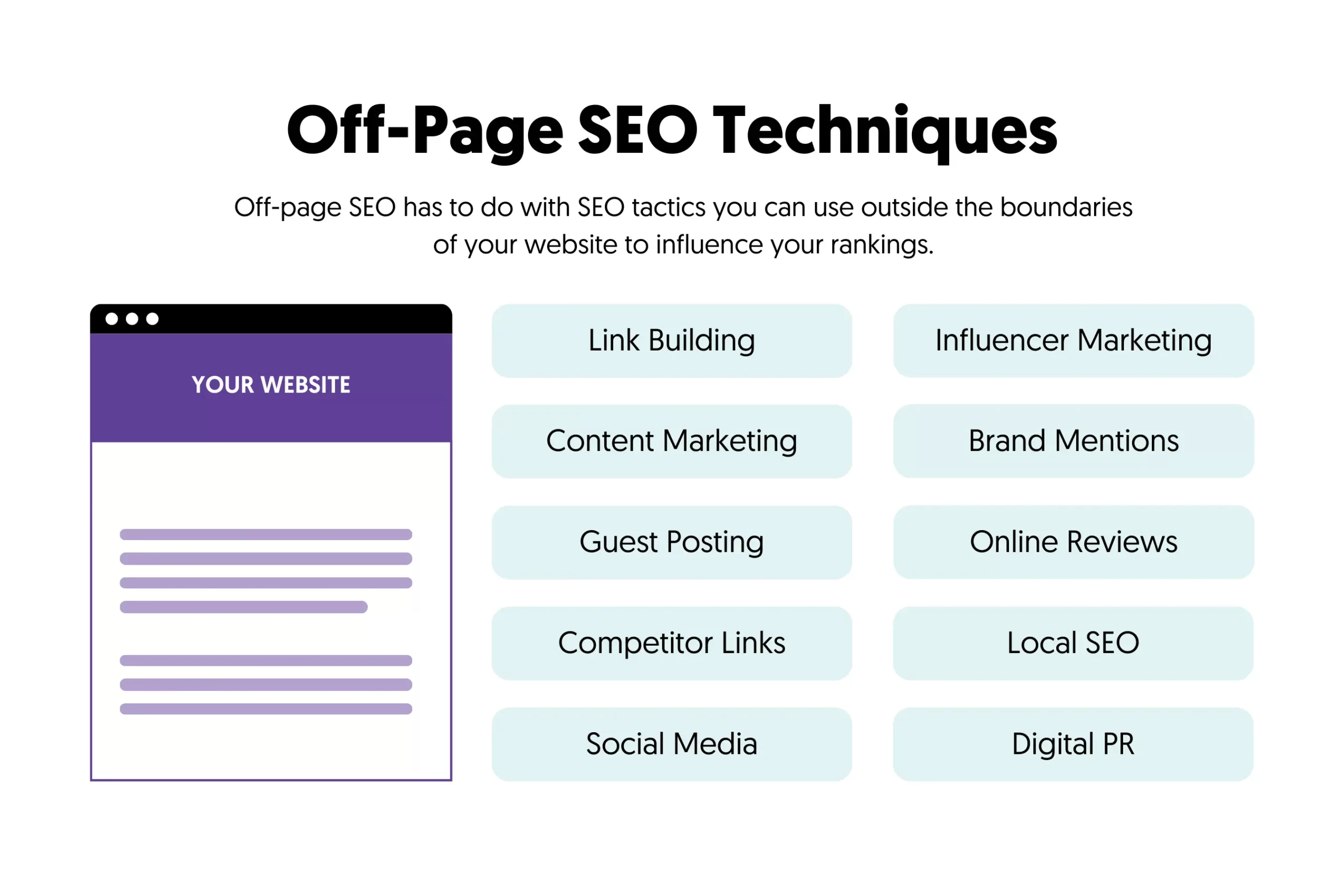Comprehending What Is Ruled Out a Default Medium in Google Analytics: Insights
Comprehending What Is Ruled Out a Default Medium in Google Analytics: Insights
Blog Article
Believing Outside package: Leveraging Unusual Tools to Maximize Google Analytics Efficiency
In the realm of digital advertising, the mission for enhanced Google Analytics performance has come to be a calculated necessary for businesses looking for to fine-tune their online presence. Standard techniques usually drop short in capturing the complete range of client interactions and actions. By discovering unique mediums as avenues of information collection, a new realm of opportunities emerges. These uncharted regions supply a riches of untapped insights that can possibly transform the way we comprehend and optimize our electronic methods.
One-of-a-kind Information Resources

CRM systems, for instance, can supply understandings into individual customer interactions, acquisition background, and preferences, which can be incorporated with Google Analytics data to create more tailored advertising approaches. Social media site systems provide beneficial information on user demographics, passions, and interaction metrics, enabling services to assess the efficiency of their social media sites projects and enhance web content for much better performance. Email marketing data, consisting of open rates, click-through prices, and conversion metrics, can also be leveraged to track user interaction and behavior beyond website communications caught by Google Analytics. By leveraging these one-of-a-kind data resources, services can refine their approaches, enhance targeting initiatives, and enhance total Google Analytics performance.
Social Media Site Insights

Furthermore, social media analytics devices allow organizations to track essential performance signs, monitor campaign efficiency, and measure the influence of their on the internet tasks. Comprehending the demographics of followers, recognizing preferred web content styles, and evaluating involvement levels can aid organizations customize their marketing methods for much better results.
Offline Advertising And Marketing Combination
Incorporating offline marketing methods with digital analytics can boost overall campaign performance and provide a much more comprehensive understanding of consumer actions. what is not considered a default medium in google analytics. By connecting the gap in between online and offline initiatives, companies can track the influence of standard marketing channels such as print advertisements, television commercials, direct-mail advertising, and occasions on their online existence

Moreover, applying call radar for offline marketing tasks allows companies to capture important data on consumer queries generated through printed products or ads (what is not considered a default medium in google analytics). By analyzing call information together with online metrics in Google Analytics, organizations can obtain much deeper insights right into the customer trip and enhance advertising strategies for enhanced efficiency across all networks
IoT and Wearable Innovation
Making use of IoT and wearable innovation in electronic analytics can change information collection and consumer understandings for companies looking for a much deeper understanding of customer behavior patterns. These cutting-edge technologies use a seamless way to collect real-time information from various touchpoints. IoT tools can track individual interactions with service or products, giving important info on use patterns and preferences. Wearable technology, such as smartwatches or fitness trackers, can provide understandings right into user tasks, health and wellness metrics, and also area data.
Gamification Strategies
The application of gamification strategies in digital analytics provides an ingenious technique to enhancing individual involvement and driving workable understandings for organizations. By incorporating game-like aspects such as factors, badges, leaderboards, and awards right into the analytics user interface, business can inspire users to interact more regularly and meaningfully with the information.
Gamification urges customers to discover various functions of the analytics platform, uncovering important insights that could have otherwise gone unnoticed. Via interactive obstacles and progression monitoring, customers are incentivized to dive much deeper into the data, leading to enhanced time spent on the platform and a greater probability of discovering vital fads or patterns.
Additionally, gamification can promote a sense of competition among users, stimulating them to make every effort for greater efficiency and involvement levels. This competitive spirit can drive raised individual fostering rates and an extra detailed usage of the analytics devices readily available. Ultimately, by leveraging gamification approaches in digital analytics, businesses can develop an extra interesting and efficient environment for customers, causing even more informed decision-making and enhanced overall performance.
Conclusion
To conclude, leveraging unconventional tools such as unique data resources, social media sites understandings, offline advertising assimilation, IoT and wearable technology, and gamification methods can optimize Google Analytics performance. By assuming outside the box and checking out these different resources of information, businesses can acquire beneficial understandings and improve their overall advertising and marketing strategies. It is necessary for firms to continually check out brand-new ways to collect information and evaluate it in order to remain ahead in the ever-evolving digital landscape.
By integrating data from resources such as customer relationship administration (CRM) systems, social media platforms, and email marketing projects, organizations can gain a more extensive understanding of their target market actions and involvement patterns. Social media address systems offer valuable data on individual demographics, passions, and involvement metrics, permitting organizations to determine the performance of their social media campaigns and optimize content for far better efficiency. By leveraging these special information resources, services can fine-tune their methods, enhance targeting initiatives, and improve overall Google Analytics performance.
Discovering social media understandings can give services with useful data on user demographics, passions, and engagement metrics, allowing for informed decision-making and critical optimization of advertising and marketing efforts. By check it out thinking outside the box and exploring these alternative resources of data, businesses can get beneficial understandings and improve their total advertising strategies.
Report this page